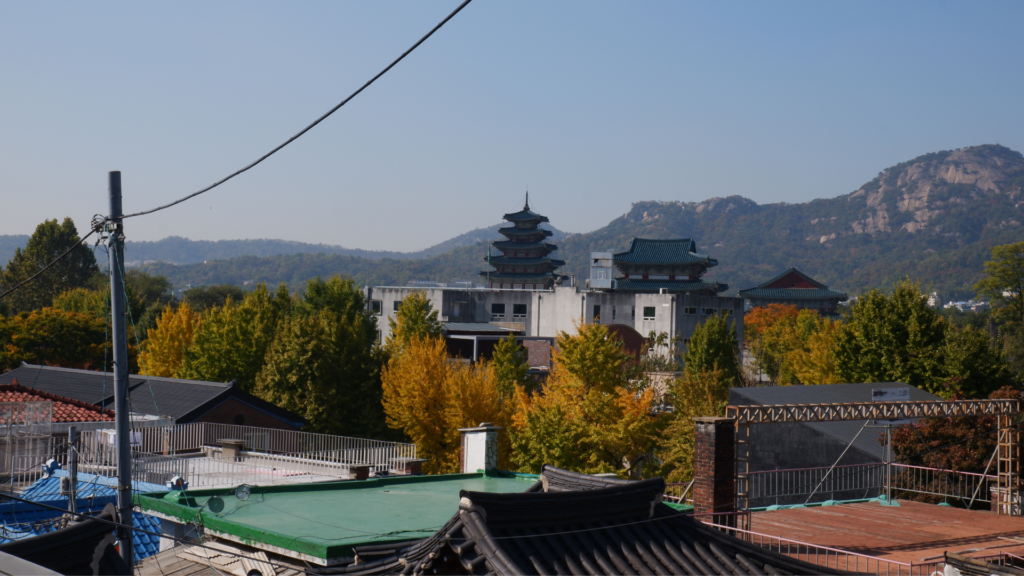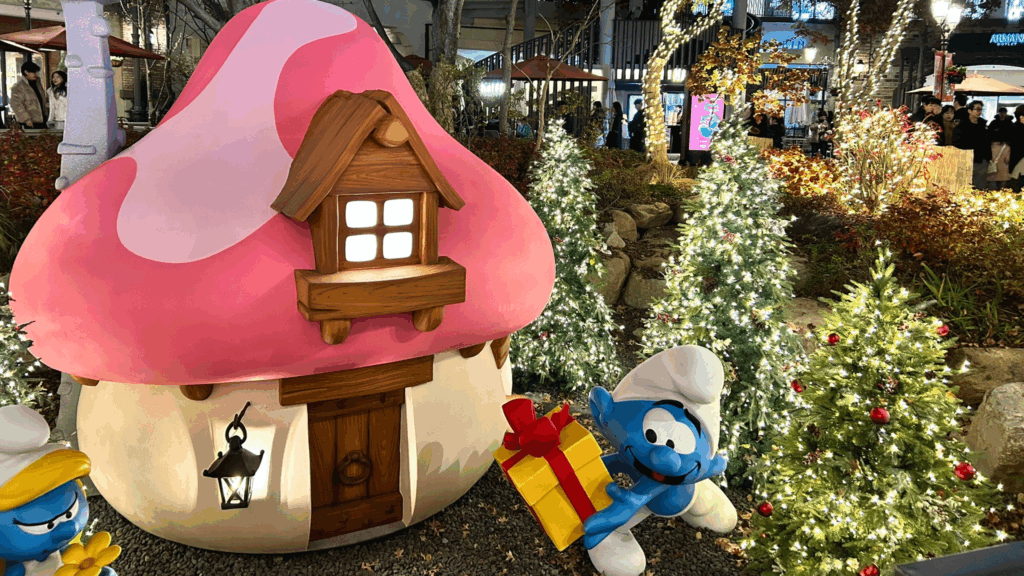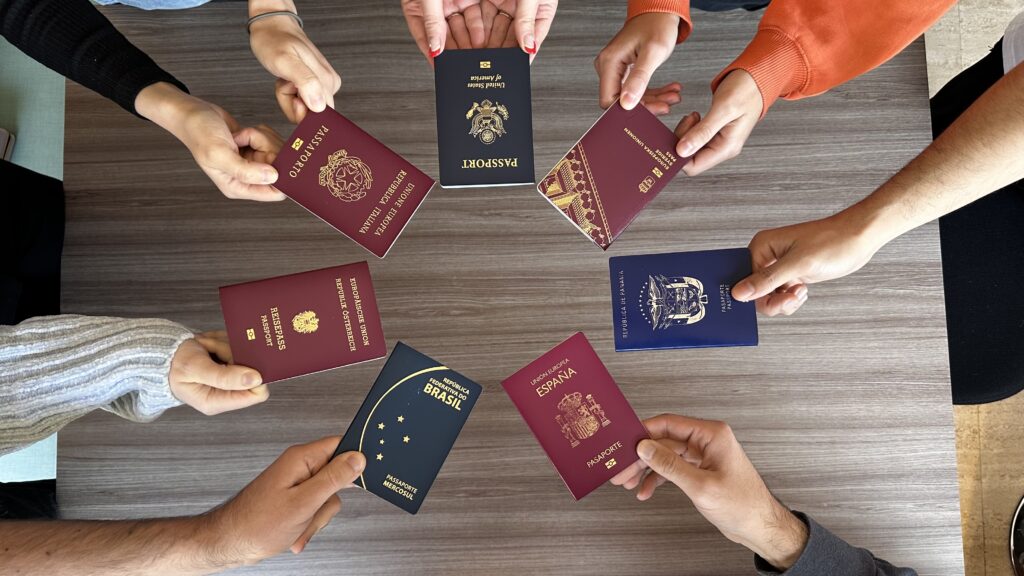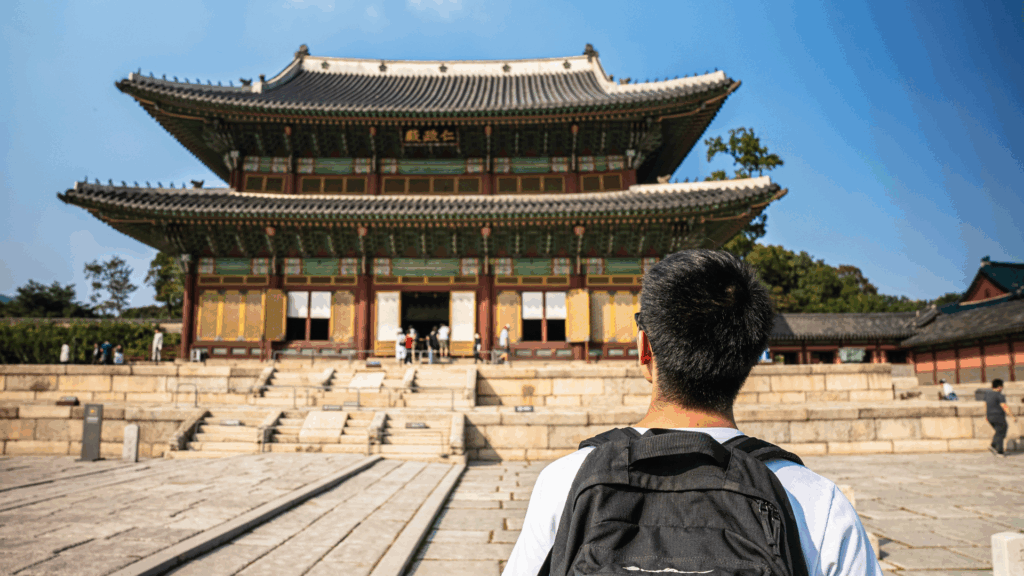Last updated: March 10, 2025.
If you are in South Korea on a long-term visa, such as a study or work visa, you will need to apply for a Korean Residence Card, or formerly known as the Alien Registration Card (ARC). Here is how to apply for it.
If you are in Korea on a visa other than a tourist visa, within 90 days of your arrival you will be required to go through all the necessary procedures to obtain a Korean residence card (formerly called ARC). The Korean residence card acts as a kind of identity card for foreigners residing in the country and must always be carried with you. Let’s take a look at what it is.
What is the Korean residence card?
The Korean residence card is an identity card for foreigners residing in South Korea for more than 90 days. When you have a long-term visa (D-4 student visa and H-1 working holiday visa included), you should apply for it at the immigration office that has jurisdiction over your place of residence.
It is a blue card which contains your main personal details, including a registration number. This number will be used by the Korean government to identify you. You will need to provide it to a potential employer for tax calculations, to the bank if you wish to open a Korean bank account, and to the hospital so that they can confirm if you are covered under the National Health Insurance (NHIS).
The other data on the front side of the Korean residence card shows your surname and first name, country of origin, and the type of visa you hold. On the back it shows your period of stay with the expiry date of the visa and your address of residence. In the event of a change of address, you must notify the nearest resident registration centre (주민센터, juminsenteo) or the Korean immigration office within 14 days of moving by presenting your residence card and a copy of the new rental contract.
Once you have the ARC, you will be able to enter and leave Korea for unlimited times as long as within your visa’s validity period. However, you must be careful not to miss any school days, so we advise going outside Korea only during the school break period.

How to apply for a Korean residence card
The Korean residence Card can be obtained by making an appointment through the HiKorea website and then visiting the immigration office that has jurisdiction over your place of residence. While making an appointment online, you should check the list of each immigration office’s jurisdiction area in order to choose the right one for your ‘gu’, or district.
Once you have made an appointment, you will have to go to the immigration office on the appointment day with the required documents, which vary depending on the visa you have.
For a student visa, the documents required to obtain a Korean residence card are as follows:
- Integrated application form (can be downloaded from HiKorea website, or available on site)
- Passport photo (3.5mm x 4.5mm) with white background
- Colour copy of passport (or original document)
- Documents from your language school (Certificate of enrolment, receipt of tuition fee payment, etc.)
- Proof of legal residence in Korea (e.g. rental contract, residence letter issued by the dormitory, etc.) or “Confirmation of accommodation form” here)
- Fee of 35,000 won in cash (Mailing fee is about KRW 3000, subject to change).
The school often helps students with this application procedure by providing instructions, or sometimes offering group application, at the beginning of every new term.
If you are in Korea on a Working Holiday visa, the following documents are required:
- Integrated application form (can be downloaded from HiKorea website, or available on site)
- Passport photo (3.5mm x 4.5mm) with white background
- Colour copy of passport (or original document)
- Proof of legal residence in Korea (e.g. rental contract, or “Confirmation of accommodation form” here)
- Fee of 35,000 won (Mailing fee is about KRW 3000, subject to change).
- Travel plan (you will be asked to fill out a form briefly indicating the places you plan to visit during your stay in Korea). The plan is for the Korean immigration office’s reference only and therefore does not need to be a finalized plan.
If you don’t know which visa is right for you, we recommend you read our article explaining the difference between the various types of visas.
When to collect your Korean residence card
After applying, there are two ways to collect your card. One is to go to the immigration office again on the pick-up date provided to you at the time of the application. It can take between 20 days to 2-3 months for the card to be issued. If it is inconvenient to visit the immigration office again, it is possible to request to have it mailed to your home. The additional delivery fee is inexpensive (3,000 won; may be subject to change) and it is possible to receive the residence card by registered mail. It is necessary, however, for you to be present at home at the time of delivery. If you are not at home, the courier will come by a second time after one or two days, but if you are not at home again, your Korean residence card will be returned to the immigration office and you will then have to go to collect it. It is not possible to ask a housemate or neighbour to collect it for you.
If you submit your application through the school, it may be possible to pick up your residence card at the language school office. We advise you to ask the school directly for confirmation on card collection.
What should you do if you lose your residence card? If you lose your card, you should report it within 14 days, or as soon as possible, to the immigration office.
For more information on living in Korea follow the Go! Go! Hanguk blog and do not hesitate to contact us.








